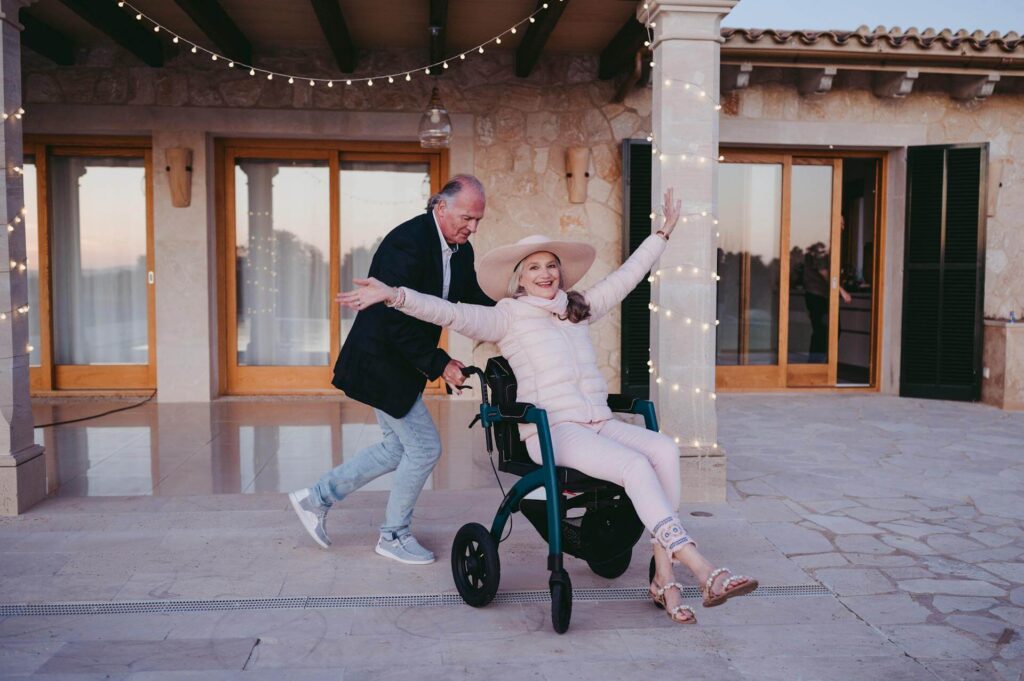Falls are a significant concern for senior citizens, often leading to serious injuries or a decline in overall health. Ensuring a safe home environment is crucial for preventing falls and promoting independence among elderly individuals. Here are comprehensive tips to help prevent falls for seniors living at home.
1. Keep Pathways Clear
Clutter-Free Zones:
- Remove obstacles such as loose rugs, electrical cords, and unnecessary furniture.
- Ensure that all walkways are wide enough to accommodate walkers or wheelchairs.
Organized Living Spaces:
- Arrange furniture to create a clear path.
- Store items within easy reach to avoid unnecessary climbing or stretching.
2. Improve Lighting
Adequate Illumination:
- Install bright, non-glare lighting throughout the home, especially in hallways, staircases, and bathrooms.
- Use energy-efficient LED bulbs that provide consistent light without flickering.
Nightlights:
- Place nightlights in bedrooms, hallways, and bathrooms to help navigate in the dark.
- Consider motion-sensor lights for added convenience and safety.
3. Use Assistive Devices
Bathroom Safety:
- Install grab bars next to toilets and in showers to provide support.
- Use non-slip mats in the bathtub and on bathroom floors.
Mobility Aids:
- Consider using a walker or cane for added stability.
- Ensure assistive devices are properly fitted and in good condition.
4. Wear Proper Footwear
Supportive Shoes:
- Choose shoes with non-slip soles and good arch support.
- Avoid high heels, floppy slippers, or shoes with slick soles.
Indoor Footwear:
- Wear well-fitting slippers with non-skid bottoms inside the house.
- Avoid walking around in socks, especially on slippery floors.
5. Exercise Regularly
Strength and Balance Exercises:
- Engage in activities such as walking, swimming, or tai chi to improve strength and balance.
- Participate in senior fitness classes designed to enhance mobility and flexibility.
Consultation with Healthcare Providers:
- Before starting any new exercise regimen, consult a doctor or physical therapist.
- Consider personalized exercise plans to address specific needs and capabilities.
6. Medication Management
Review Medications:
- Regularly review medications with a healthcare provider to identify any that may cause dizziness or drowsiness.
- Ensure medications are taken as prescribed and discuss any side effects.
Proper Storage:
- Store medications in an organized manner to prevent confusion.
- Use pill organizers to keep track of daily doses.
7. Regular Health Check-ups
Vision and Hearing:
- Schedule regular eye and hearing exams to ensure optimal sensory function.
- Update eyeglasses and hearing aids as needed.
Overall Health:
- Monitor and manage chronic conditions such as diabetes or arthritis that may affect balance and mobility.
- Stay hydrated and maintain a balanced diet to support overall health.
8. Home Modifications
Safety Enhancements:
- Install handrails on both sides of staircases.
- Consider stair lifts or ramps for homes with multiple levels.
Emergency Preparedness:
- Keep emergency contact numbers easily accessible.
- Consider wearing a medical alert device for quick access to help if needed.
Conclusion
Preventing falls is essential for maintaining the health and independence of senior citizens living at home. By implementing these practical tips, seniors can enjoy a safer living environment and peace of mind. Regularly review and update safety measures to adapt to changing needs and ensure a secure home for our elderly loved ones.
If you found this guide helpful, please share it with others who might benefit from these fall prevention tips. Let’s work together to keep our senior community safe and healthy!
References and Resources
- National Institute on Aging
- Centers for Disease Control and Prevention – Fall Prevention
- AARP – Home Safety Tips for Seniors
For more information on senior health and safety, subscribe to our newsletter or visit our blog regularly. Stay safe and stay informed!

